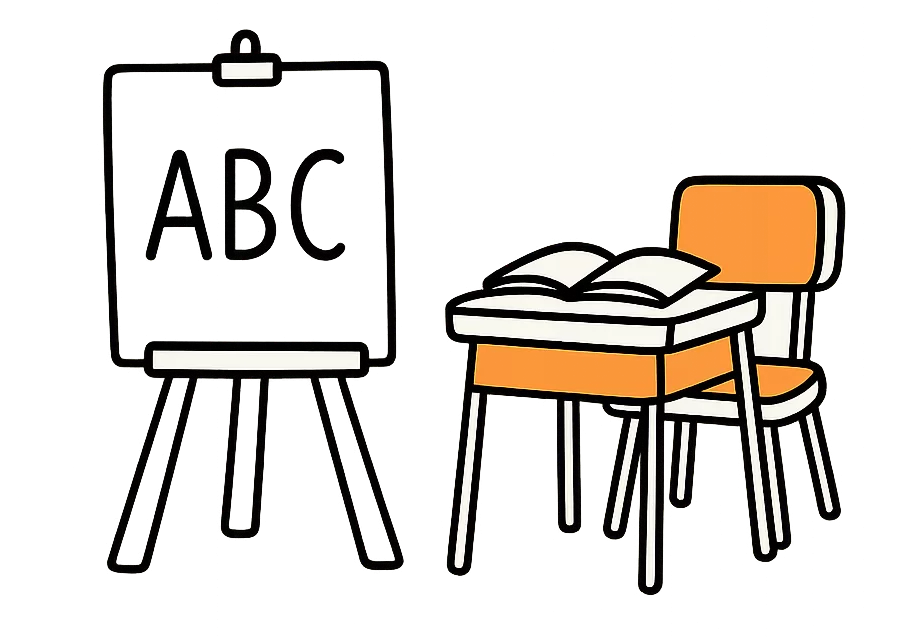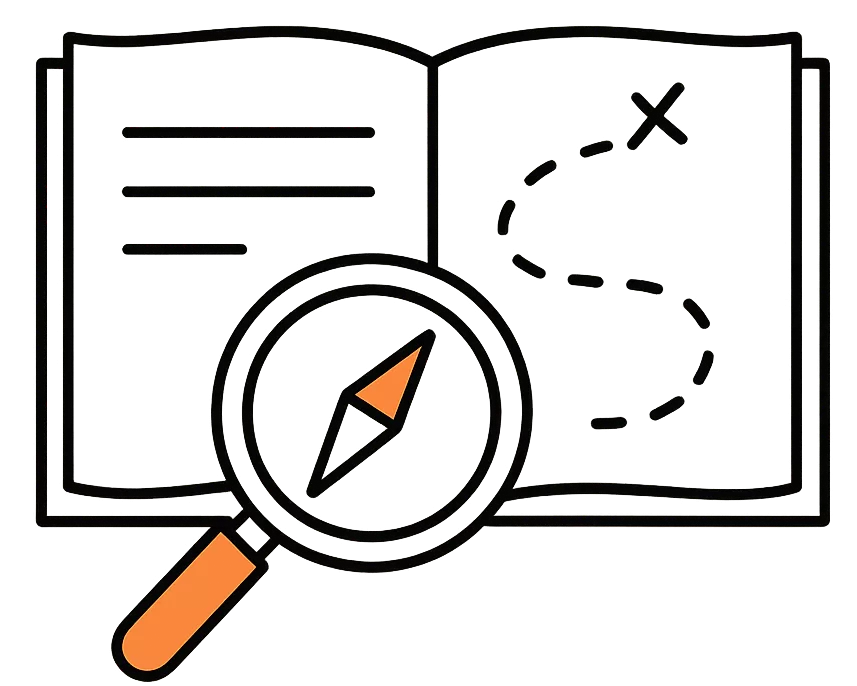
Learning is a discreet endeavour. It happens invisibly, in the privacy of students’ minds, and often with little outward sign. This is the central dilemma of teaching: we are tasked with fostering a transformation we cannot directly observe. The classroom may be busy at work, the teaching captivating, the tasks engaging—but are students actually learning?
This is why lesson planning must be about more than choreography or performance. A good lesson is not one that merely looks effective, but one that is structured to maximise the likelihood that learning takes place. As I’ve argued before, good teaching is grounded in purposeful design, deliberate practice, and cognitive realism.
So how should we plan and deliver lessons to create the conditions for learning? In the last twenty years of practice, I have settled on the following central tenets as the keystones of good learning:
(more…)

